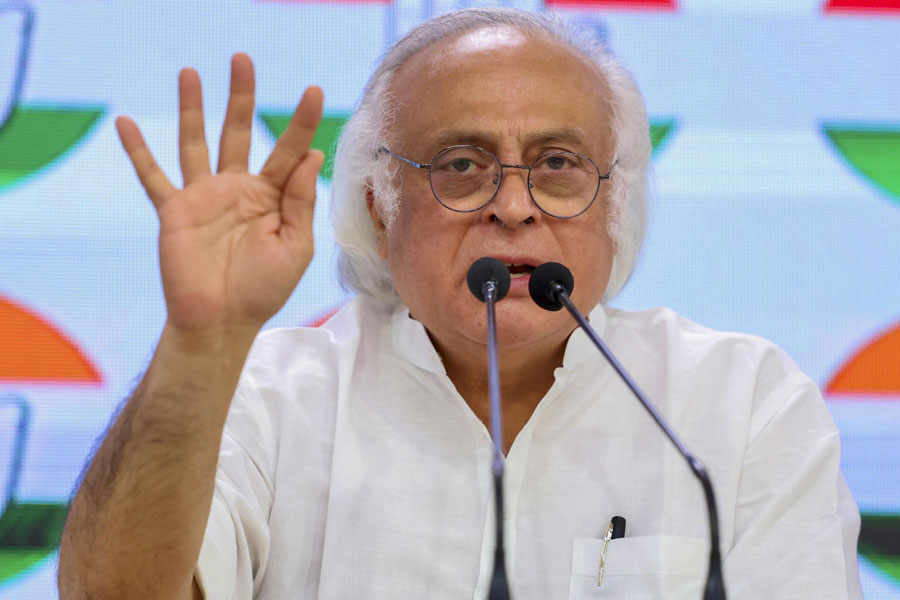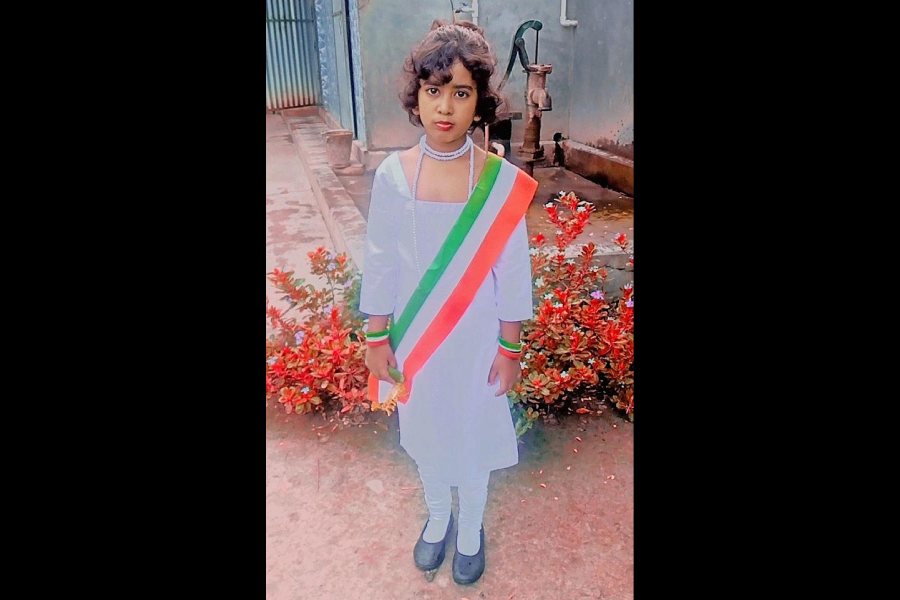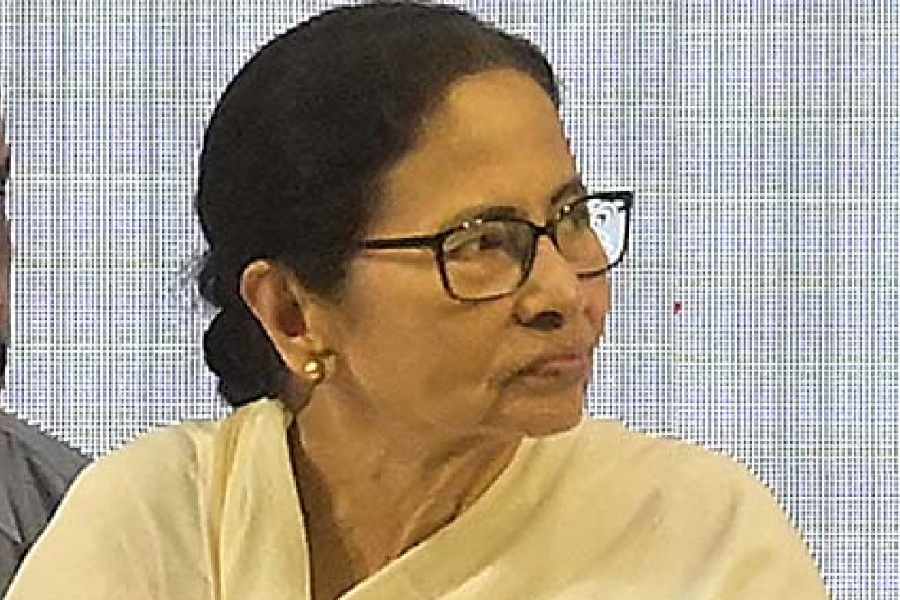
Sambalpur, Oct. 7: Regional sentiments have often acquired chauvinistic dimensions here on the language issue, but ironically, the diploma course in Sambalpuri studies offered by Sambalpur University has failed to attract students. Only one student has enrolled for the course in the current academic session.
This lone admission, too, has taken place after a gap of two years. During the last two years, this course, launched in 1997 to promote and enrich Sambalpuri language and culture, had to bear the ignominy of surviving without any students.
Official sources said though three students had applied for admission to the diploma course this year, eventually only one girl had enrolled for the course.
This, despite the fact that with the municipal elections pending in Sambalpur, politicians of all parties have been trying to stoke regional sentiments. While the state government recommended for the inclusion of Sambalpuri/Koshali language in the Schedule VIII of the Constitution on March 1, 2014, chief minister Naveen Patnaik wrote a letter to the Centre on July 14 in this regard.
The chief minister had played to the gallery while addressing a public meeting in Sambalpur on March 5 last year. He began his speech in Sambalpuri. This was followed by Prime Minister Narendra Modi, who on March 14 the same year, also began his speech in the western Odisha city in Sambalpuri.
Sambalpur University is the only educational institution that offers a diploma course in Sambalpuri studies. The university runs the course, which has 15 seats, without any support from the University Grants Commission. The history, geography and demography of west Odisha, Sambalpuri culture, tradition, festivals, biographies and books in Sambalpuri language are part of the syllabus of this one-year course, which has been divided into two semesters. The classes are taken by teachers drawn from the Odia and history departments of the university apart from Sambalpuri language experts.
Reasons for the course failing to attract students range from the lack of publicity to the lack of job opportunities. "Had the university publicised the course well, it would have attracted more students," said Mahendra Dash, a former student.
"The students now want to pursue courses which would fetch them jobs. The diploma course in Sambalpuri studies does not provide such opportunities. However, if the language is given the official language status, it would attract more students as the government would extend financial assistance to promote Sambalpuri. Besides, it will create scope for the establishment of institutions on the language which could open employment avenues," Sambalpuri writer Shyam Sundar Dhar, who was also a member of the Bhasa Bisesagyan Committee, said.
The solitary student to have taken admission to the course this year, Sangita Panda said: "My love for the language inspired me to join the course. I was planning to take admission last year but I missed the deadline."
In contrast to Sambalpuri studies, the Odia department at the university draws a large number of students every year for its postgraduate course. University sources said 187 applications were received for the 48 seats in the postgraduate course this year.
Manindra Meher, a teacher at the Odia department who is also the co-ordinator for the diploma course in Sambalpuri studies, said: "Very few students are evincing interest as the course does not offer job opportunities."
He, however, added that job opportunities could be created. "Several media houses have now started special news bulletins in Sambalpuri. If students from the Sambalpuri studies department are given preference in such jobs, the course will attract more students," he said.










